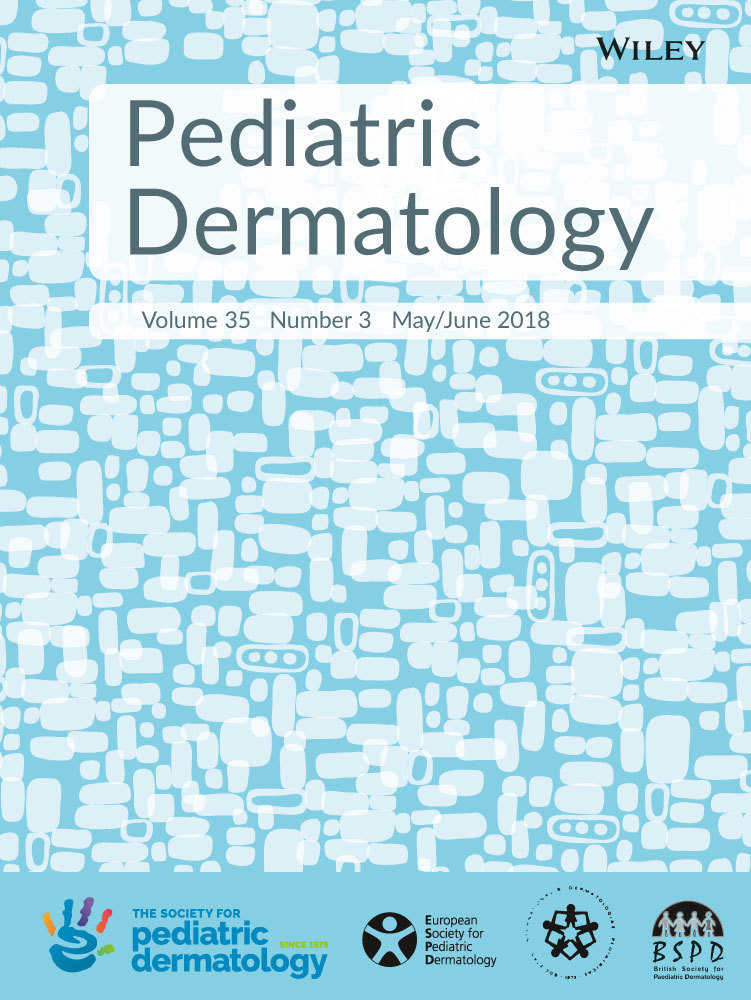“A medical doctor and researchers in the cannabis industry explain the science behind cannabis as a potential treatment for atopic dermatitis.
Weed cream. THC lotion. CBD salve. They go by many names, and there is a lot of interest and hope in the dermatological community that marijuana—or cannabis—may provide an alternate treatment pathway for a variety of skin diseases, especially atopic dermatitis (AD).
Cannabinoids represent an exciting prospect for the future of AD therapy. With measurable anti-itch, anti-pain, anti-microbial and anti-inflammatory properties, the effect of cannabinoids in patients with AD has already begun to be demonstrated.” https://nationaleczema.org/can-marijuana-help/
https://nationaleczema.org/can-marijuana-help/









